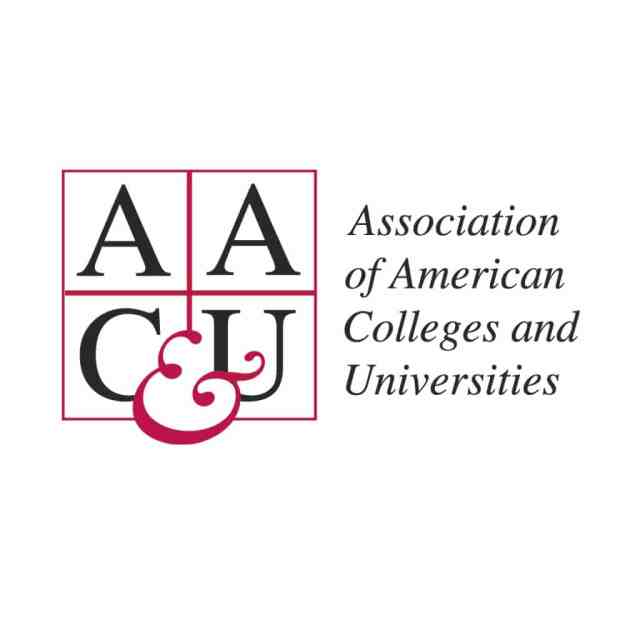A second major topic coming out of the January 21, 2016 AAC&U session concerned what the nature and expectations of faculty positions really ought to be, considering existing institutional business models and those of the foreseeable future.
Such questions pop up front and center in much of panelist Adrianna Kezar’s academic work, especially the Delphi Project report Adapting by Design and the new paper “The Professoriate Reconsidered,” authored in collaboration with Daniel Maxey and Elizabeth Holcombe.
Here are some ideas that came out of her presentation around reshaping the academic employment landscape in a way that more fairly matches scholars with rewarding faculty jobs. Perhaps, she proposes, academic employers should divide the conflated sea of faculty activity into smaller clusters of responsibility.
1. A “teaching-only” tenure-track model: no formal research expectation, but some professional service involvement.
2. The medical school model, which typically offers three explicit tracks: research, teaching, and clinical.
3. Creativity contracts intended to fund an intentional body of scholarly production during a particular period of time.
4. Shared faculty consortium arrangements: groups of institutions in geographic proximity fill positions with a shared pool of faculty members—each of whom has a “home” institution that serves as anchor for their office, the bulk of their courses, and their professional evaluation process.
Several thoughtful questions came from the audience. Under whose jurisdiction within the institution should the breakdown of faculty roles be defined? In lieu of the strenuous requirements for tenure, per se, might longer-term contract models clear some middle ground between the oft-romanticized professorships of yore and an excessively constricting “corporate” academia?
To learn more about the panelists, or about organizational structure and change in academic institutions, please visit Adrianna Kezar’s Delphi Project page and Fredrik DeBoer’s website. Read the earlier article here.
